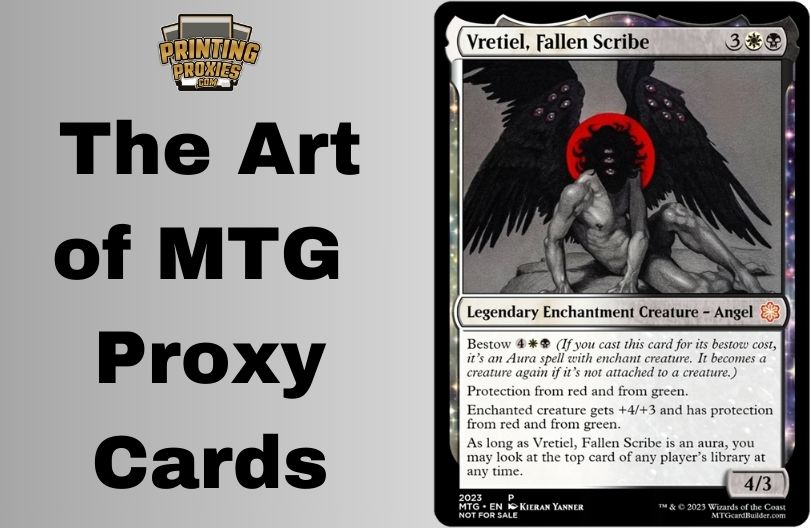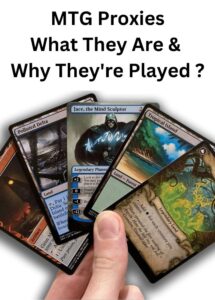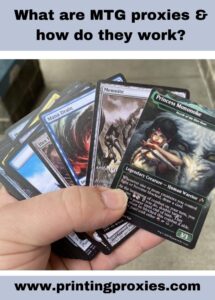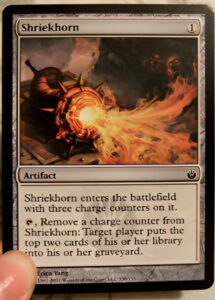How to create your own MTG Proxy Cards
Creating your own MTG proxy cards can be a fun and creative way to enhance your Magic: The Gathering (MTG) gameplay experience. Proxy cards are replicas or substitutes for actual MTG cards, allowing players to use alternative versions of cards they may not own or cannot afford.
To create your own proxy cards, you will need a few essential tools and materials. First and foremost, high-quality cardstock or thick paper is crucial for a durable and professional-looking proxy. You can find suitable cardstock at local craft stores or online retailers.
Next, you will need access to the card images you want to proxy. There are various ways to acquire these images, such as scanning cards from your own collection, downloading images from online databases, or using card image generators available on specific websites. Ensure that the images you use are of good quality and resolution for the best results.
Once you have the card images, you can use image editing software like Photoshop or GIMP to resize and format them appropriately. It’s essential to maintain the correct dimensions and aspect ratio to ensure your proxy cards match the original cards’ size.
After resizing the images, you can print them onto the cardstock using a color printer. It’s recommended to use a high-quality printer to achieve vibrant colors and sharp details. If possible, consider using a printer with a high resolution for a more professional finish.
To protect the printed proxy cards and give them a similar feel to actual MTG cards, you can use clear card sleeves. Slip the printed proxies into the sleeves, and they will be protected from wear and tear during gameplay. Additionally, using sleeves allows you to easily switch proxies in and out of decks as needed.
While creating your own proxy cards can be a creative endeavor, it’s important to remember that proxy usage is subject to the rules and regulations of the playgroup or tournament you participate in. Some groups may have restrictions on the number of proxy cards allowed or specific guidelines regarding their appearance. Always communicate and adhere to these guidelines to ensure a fair and enjoyable gameplay experience for everyone involved.
Creating your own MTG proxy cards can be a cost-effective way to enjoy a wider range of MTG cards and experiment with different strategies. With the right materials and attention to detail, you can craft proxy cards that closely resemble the originals and add a unique touch to your MTG games.
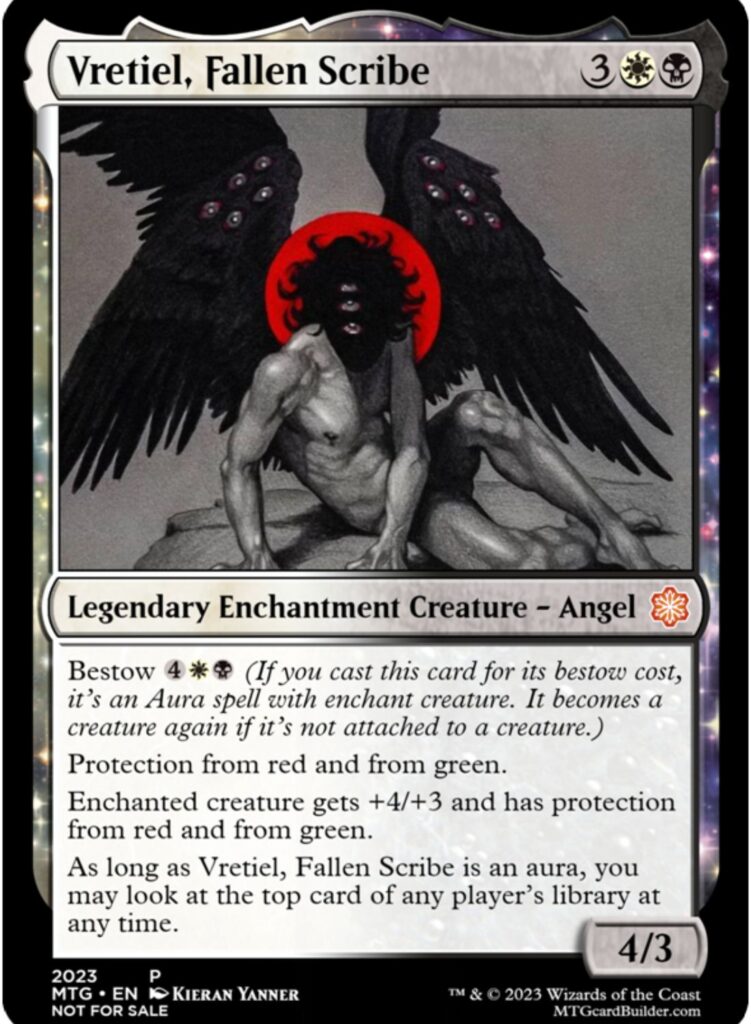
Different types of proxy cards and their advantages/disadvantages
When it comes to the world of Magic: The Gathering (MTG), proxy cards have become a hot topic of discussion. Proxy cards are replicas of original cards used in gameplay, often created to replace expensive or rare cards. Understanding the different types of proxy cards and their advantages and disadvantages can greatly enhance your MTG experience.
1. Print-on-Demand Proxies:
Print-on-demand proxies are made by individuals or companies who create high-quality replicas of original cards. These proxies are often indistinguishable from the real cards and can be used in casual games, playtesting, or even as placeholders in decks while you wait for the genuine card to become available. However, using print-on-demand proxies in official tournaments or sanctioned events is strictly prohibited.
Advantages:
- Cost-effective alternative to expensive or rare cards.
- Allows players to playtest decks without investing in expensive cards.
- Provides access to cards that are difficult to obtain or out of print.
Disadvantages:
- Not legal in official tournaments or sanctioned events.
- Possibility of low print quality or differences in card texture compared to genuine cards.
- Can undermine the value and collectability of genuine cards.
2. DIY Proxies:
DIY proxies involve creating your own replicas of MTG proxy cards using various methods, such as printing card images and attaching them to existing cards or using blank card stock to design your own proxies. DIY proxies are often used for personal playtesting or casual gameplay, but they hold no value in competitive or official settings.

Advantages:
- Complete customization and creativity in designing your own cards.
- Allows players to experiment with card ideas and mechanics.
- Cost-effective solution for personal use or casual play.
Disadvantages:
- Not legal in official tournaments or sanctioned events.
- Requires time and effort to create and maintain proxies.
- Lack of professional print quality and durability.
3. Proxy Tokens:
Proxy tokens are often used to represent tokens or creature tokens, which are temporary game elements summoned by various card abilities. These proxies are typically created by players using basic card stock or even improvised items such as dice or coins.
Advantages:
- Easy and cost-effective solution for representing tokens.
- Allows players to avoid purchasing or borrowing token cards.
- Can be customized to match the artwork or theme of the token.
Disadvantages:
- Not legal in official tournaments or sanctioned events (unless approved by the event organizer).
- Lack of official token symbols or attributes.
- Possibility of confusion or misinterpretation during gameplay.
Conclusion
Understanding the different types of MTG proxy cards and their advantages and disadvantages can help you make informed decisions about their usage in your MTG gameplay. Whether you’re using print-on-demand proxies for playtesting, creating DIY proxies for casual play, or employing proxy tokens for convenience, remember to respect the rules and regulations of your gaming community to ensure a fair and enjoyable experience for everyone involved.

